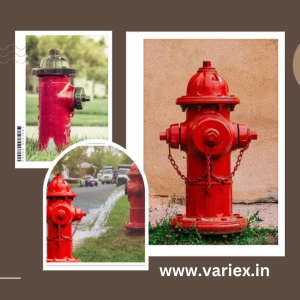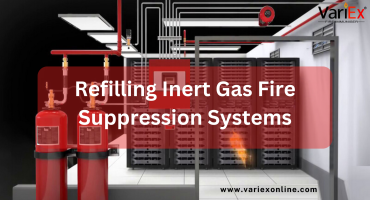![]()
Fire Immuniser
+91-7829629111
Email: info@variex.in
Varistor Technologies Pvt. Ltd.
Block-1, First Floor, Ardente Office One, Hoodi Circle, ITPL Main Road, Bengaluru, Karnataka 560048, IN
How Much Fire Hydrant System Installation Cost In India
Frequently Asked Questions
A fire hydrant system is a network of pipes, valves, hydrants, and pumps designed to provide firefighters with a readily available water supply to extinguish fires.
Fire hydrant systems are crucial for rapid response to fires, allowing firefighters to access water quickly and effectively to prevent the spread of flames and minimize damage to property and lives.
The cost of installing a fire hydrant system in India can vary depending on factors such as property size, system complexity, quality of materials, water supply, location, labor costs, and additional features. On average, costs can range from ₹50,000 to ₹10,00,000 or more.
Several factors can affect the cost of installation, including the size of the property, complexity of the system, quality of materials, water supply availability, location, labor costs, and optional features such as remote monitoring systems or backup power sources.
Yes, regular maintenance is essential to ensure the proper functioning of fire hydrant systems. Maintenance tasks may include inspections, testing of valves and pumps, flushing of pipelines, and ensuring compliance with safety standards.
Final Say
At VariEx.in and VariexOnline.com, we specialize in supplying and installing top-quality fire fighting systems and equipment. From fire extinguishers to advanced suppression systems, we offer comprehensive solutions tailored to your needs. Our experienced team ensures precise installation and maintenance for optimal safety.
Trust VariEx for reliable fire protection. Contact us online or call 7829629111 to learn more.










